Explore the iconic Ford Mustang's journey & its enduring legacy in Australia. Discover models, design, performance & cultural impact. A must-read
Subaru is more than just a car brand; it’s a story of innovation, resilience, and a bit of quirk. Over the decades, Subaru has evolved from a small Japanese company into a household name in countries like Australia.
This guide takes you through the key chapters of Subaru's journey, highlights its classic models, and explains how the company - and its cars - have changed over time.
Before Subaru made cars, it made planes. That’s right - Subaru’s roots lie in aviation. Understanding this background explains a lot about their focus on precision engineering and lightweight performance.
In 1953, Fuji Heavy Industries was born from the merger of five Japanese companies. Initially focused on aircraft manufacturing, the company soon shifted gears, literally, toward motor vehicles.
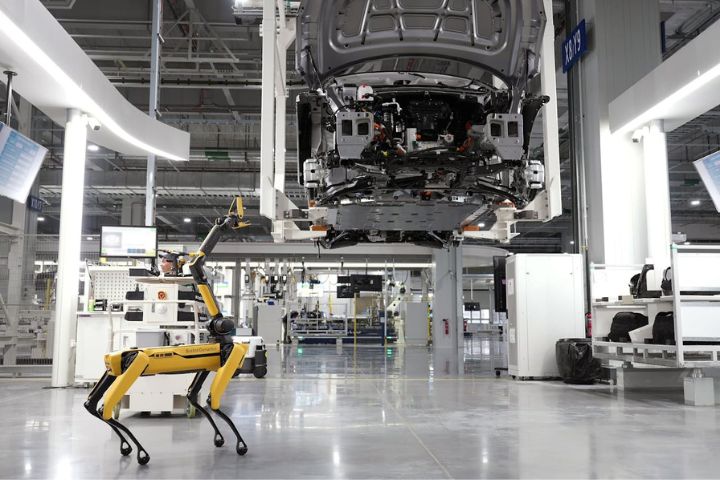

“Subaru” means “to unite” in Japanese and also refers to the Pleiades star cluster.
The name represents the unity of the six companies that came together to form Fuji Heavy Industries. That same constellation now appears in Subaru’s logo.
The Subaru 360, launched in 1958, was a tiny kei car that weighed just under 450 kg. Nicknamed the “ladybug,” it was affordable, efficient, and wildly popular in post-war Japan.
It marked the beginning of Subaru’s journey as an automaker.
From humble beginnings in Japan to winning hearts worldwide, Subaru has come a long way. Its global story is filled with innovation, engineering breakthroughs, and smart market moves.
Subaru began exporting cars to the United States in the late 1960s. By the 1970s, Australians also began embracing Subaru vehicles, appreciating their compact size and reliability, perfect for city streets and rural backroads alike.
Subaru changed the game with its symmetrical all-wheel drive (AWD) system. Launched in the early '70s and later refined, this feature became standard in most models and is still a core part of Subaru's brand identity.
In 1973, Subaru entered Australia with models like the Leone. Australians quickly warmed up to the brand, especially in rural areas where AWD was more than just a perk - it was a necessity.
Subaru’s garage is stacked with hits. Some models became cult favourites, others were reliable workhorses. Either way, they've all left a mark.
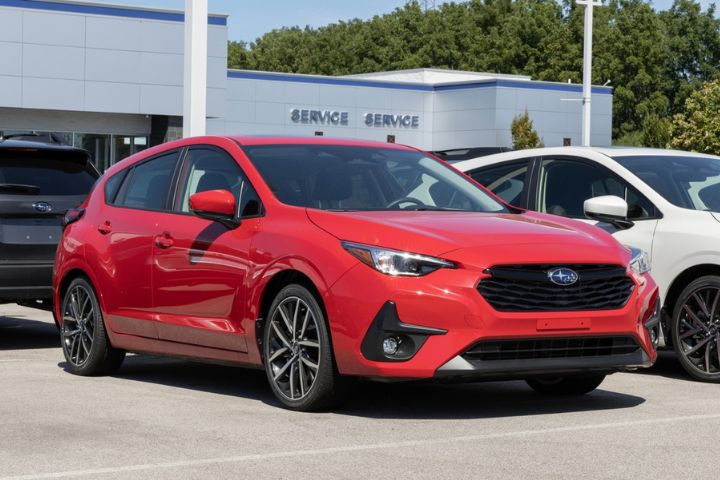

The Leone was Subaru’s first mass-market success outside Japan. Produced from 1971 to 1994, it was known for introducing AWD to the mainstream. Think of it as the founding father of modern Subarus.
Launched in 1989, the Legacy combined performance, comfort, and dependability. It’s a favourite among families and highway cruisers alike. Australians loved it for long-distance drives and camping trips.
The Impreza hit the market in 1992, and the turbocharged WRX version soon followed. With rally wins and an iconic blue-and-gold paint job, the WRX became a poster car for a generation.
And let’s not forget the boxer engine - it growls like no other.
Subaru struck gold with the Outback, released in the mid-1990s. It offered the cargo space of a wagon and the off-road chops of an SUV. This hybrid approach made it a favourite among Aussie adventurers.
Introduced in 1997, the Forester filled the gap between a sedan and a 4WD. Australians love it for its practicality, comfort, and no-nonsense design. It's the sort of car that quietly gets the job done - and then some.
Don’t forget the BRAT, XT, and SVX - quirky, bold, and ahead of their time. These models may not have made the bestseller lists, but they earned a loyal fan base and showed Subaru’s willingness to experiment.
Subaru has always balanced tradition with progress. Its design and engineering philosophies have matured without losing their edge.
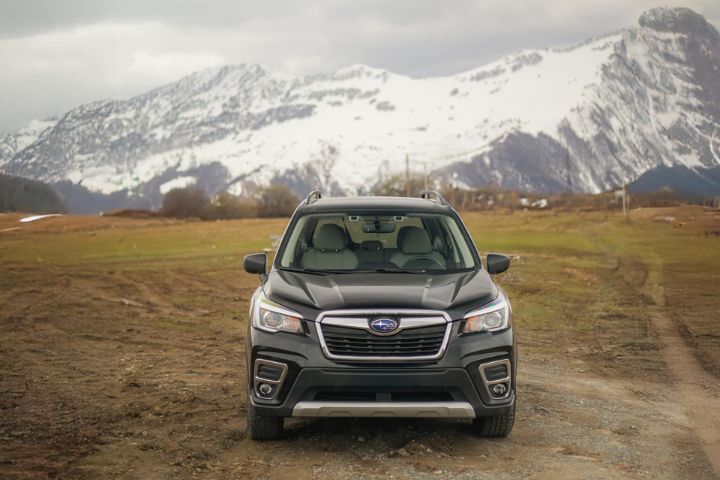

Early Subarus had a square, utilitarian look. Over time, sleeker lines, improved aerodynamics, and a sportier vibe became the norm. Today’s models still echo that sturdy design - but with more polish and curve appeal.
Subaru's EyeSight technology, introduced in the 2010s, includes adaptive cruise control and lane-keeping assistance. It was a major step forward and played a big role in Subaru’s high safety ratings.
While the boxer engine remains a staple, Subaru is also embracing hybrids and electric powertrains. The company has committed to reducing emissions and improving fuel efficiency across its fleet.
Behind the scenes, Subaru has made bold corporate decisions to stay competitive and future-ready.
In 2017, Fuji Heavy Industries officially became Subaru Corporation. This move aligned the company's name with its most successful brand and signalled a sharper focus on automotive innovation.
Subaru has partnered with companies like Toyota, resulting in collaborations such as the BRZ sports car. These alliances help Subaru stay technologically relevant while maintaining its independence.
Subaru has invested heavily in greener manufacturing practices. Its main plant in Japan achieved zero-landfill status years ago, and the company continues to explore eco-conscious innovations.
Australia hasn’t just been a market for Subaru - it’s been a stronghold. From city drivers to country dwellers, Aussies have long trusted Subaru to handle diverse terrains and lifestyles.
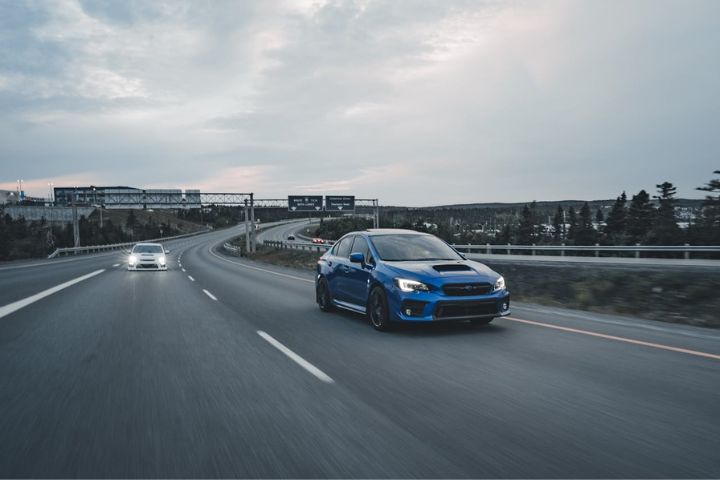

Reliable, affordable, and safe - Subaru ticks all the boxes for the Aussie car buyer. Its AWD system made it especially popular in regions with dirt roads, unpredictable weather, and open countryside.
The Outback, Forester, and WRX have all played vital roles. Whether it was rally fans, families, or weekend explorers, Subaru found a niche with almost everyone.
Subaru dominated the World Rally Championship in the '90s and early 2000s. Aussie fans still talk about Colin McRae’s legendary runs. That motorsport pedigree gave the WRX street cred that still holds today.
As with all car brands, not every model sticks around forever. Some fade out quietly; others become collector’s items.
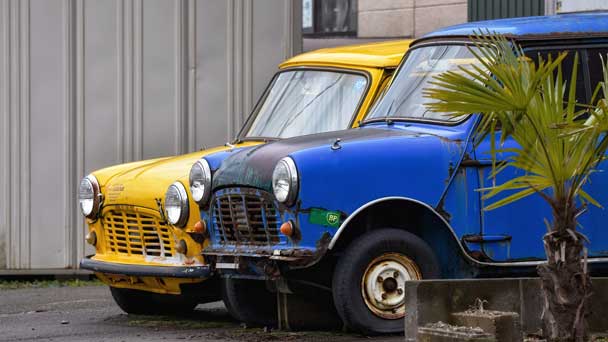

Changing regulations, market demands, and production costs lead to the retirement of older models. Some didn’t meet new emission standards; others were simply outpaced by newer designs.
Old Subarus hold a special place in many hearts. From backyard mechanics restoring a Leone to clubs dedicated to the SVX, nostalgia runs deep. These vehicles remind us of a simpler, hands-on driving era.
Classic Subaru models, especially WRXs and Outbacks from the early 2000s, still command interest in the used car market. However, condition and mileage make all the difference when it comes to value.
If you’ve got an old Subaru taking up space or giving you grief, you’ve got options. Whether it's still running or completely dead, it could still be worth something.
If repair costs outweigh the car’s value, selling or recycling might be smarter. A mechanic’s inspection can help you make that call. Sometimes, the parts alone are worth more than the car.
ABCM Car Removal offers quick cash for old Subarus, no matter their condition. We handle the towing and paperwork, so you don’t have to stress. You get paid, and the car gets repurposed or recycled responsibly.
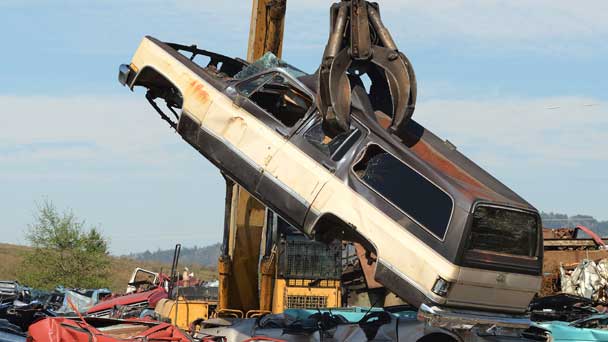

Subaru owners often care about the planet. ABCM’s recycling process respects that by salvaging usable parts and safely disposing of hazardous materials. It’s a clean break for you and the environment.
From rally tracks to rural roads, Subaru has carved a special place in automotive history. It’s a brand that values innovation, safety, and a little bit of offbeat charm.
Whether you’re a fan of the old-school Leone or a die-hard WRX enthusiast, there’s no denying Subaru’s impact.
Subarus last. They’re practical, rugged, and full of character. That’s why so many Aussies still swear by them. Even when they’re done driving them, they don’t just toss them - they find them a proper farewell.
With a push towards electrification and more efficient engines, Subaru’s future looks just as exciting as its past. One thing's for sure - Subaru isn’t done writing its story yet.
Explore the iconic Ford Mustang's journey & its enduring legacy in Australia. Discover models, design, performance & cultural impact. A must-read
Explore the Toyota Corolla's rich history, tech advancements & cultural impact in Australia. Dive into its enduring legacy & unmatched popularity Down Under
For car enthusiasts looking for their next ride, here is a comprehensive list of the most popular car brands and models in Australia.